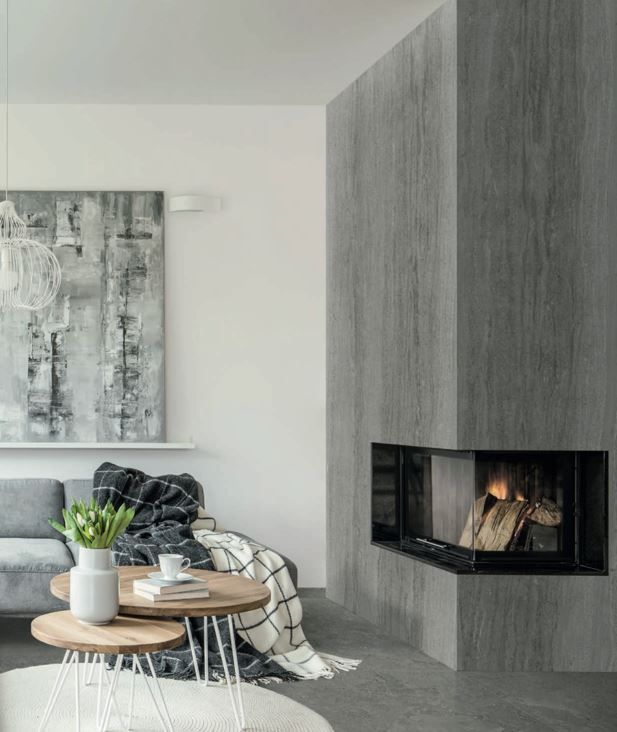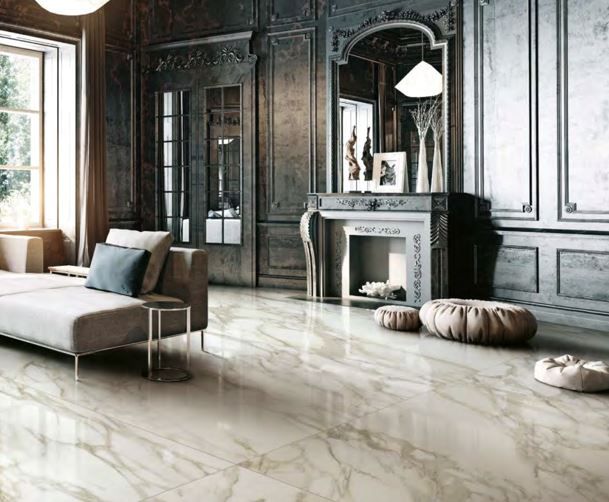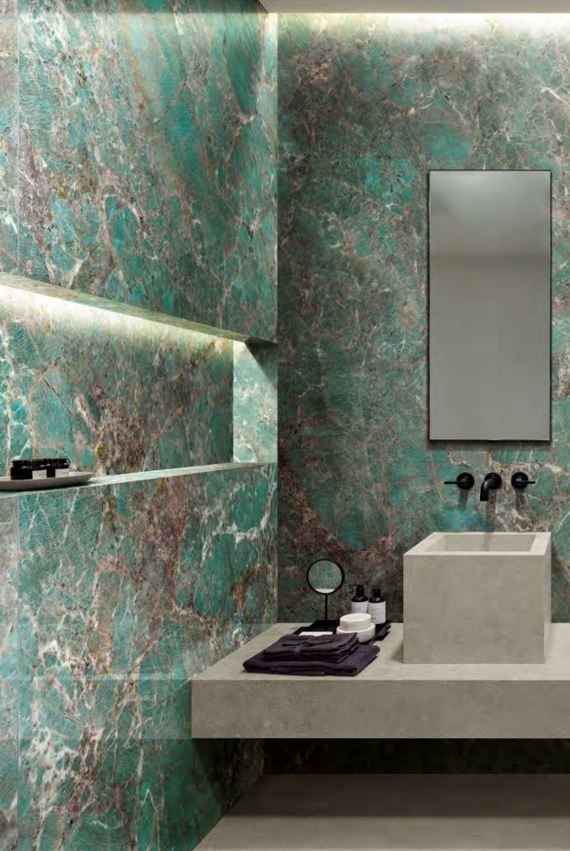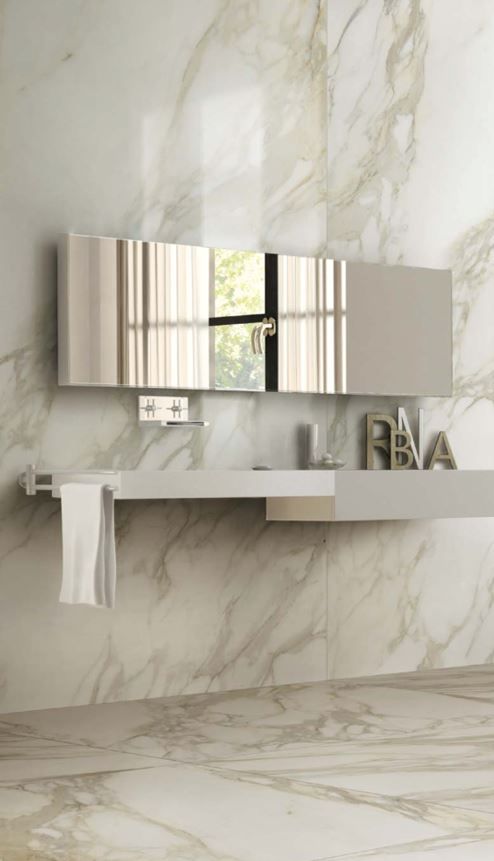Large Format Tile Benefits & Installation
About Large Format Tile
Large porcelain stoneware slabs revolutionize the concept of continuous surfaces, opening up new perspectives for design. As one of the Twin Cities’ tile installation companies, BYN specializes in new and emerging trends in the tile industry.
Large format tile is the innovative response that ensures resistance and design leaving maximum space for customization. The technical characteristics of this tile format guarantees maximum hygiene and safety: the stone does not release substances harmful to health, is resistant to thermal changes and is an ecological material.
Over the last few years, manufacturers of ceramic tiles have extended their range of large format tiles. A family of new sizes up to 160x320 cm, available in a variety of aesthetic and material variants for all intended uses.
The Advantages of Large Format
- Continuous surface
- Multiple applications beyond just floors: wall coverings, kitchen tops and tables, furnishing accessories and more
- Aesthetically beautiful and high-performance surfaces
- Durability and customization: ease of cutting, installing and handling
- Completely waterproof
Large formats in porcelain stoneware ensure maximum design freedom for the creation of environments with personality and absolute stylistic coherence. The high technical performance and thin thickness make these surfaces the ideal solution for the creation of tables and coffee tables (both for indoors and outdoors), support surfaces , doors and doors , headboards, fireplaces.
Installation of Large Format Tiles
The particularly large format and extremely low absorption rate, typical characteristics of porcelain, means that it is very important to identify the most suitable installation method for this type of tile with extreme care and precision. As with any floor and wall dressing, the durability and functionality of slim porcelain is also highly dependent on precise design parameters, appropriate substrate preparation and correct installation methods using adhesives, grouting mortars and joint sealants which have been chosen according to the type of dressing material and its area of use.
Typically, the technique used for the correct handling, substrate preparation and installation is the same for both slim tiles and large format tiles.
When installing large format tiles, the most appropriate adhesive must be chosen in order to ensure they remain perfectly bonded over the years, prevent deformation in the tiles and guarantee the maximum reliability wherever they are installed (on walls or floors and internally or externally).
Taking into consideration what is stipulated and prescribed by current norms and standards, some of the main principles that need to be considered when designing tile installation and then followed during the actual installation phase are listed below.
- The first step when installing tiles is to make sure the substrate has no cracks and that it is dry, well cured and even, clean and flat.
- Tiles must be installed with grout lines at least 2 mm wide. The width of the grout lines must be calculated and increased, where required, according to the surrounding conditions, the area of use, the size of the tiles and the type of substrate.
- Apart from following the layout of structural joints, distribution joints must also be included.
- Choosing the right adhesive is fundamental in guaranteeing that a tiled surface remains sound and reliable over the years.
- The adhesive must always be applied using the double-buttering technique, that is, the adhesive must be applied on both the substrate and on the back of the tile using a spreader with notches that guarantee the back of the tile is almost completely wetted.
- Once the tiles have been installed, they must then be tapped all over the surface to prevent the formation of air pockets between the back of the tile and the substrate.
Hours of Operation
Tuesday - Saturday:
11:00 a.m. - 5:00 p.m.
Contact Us
All Rights Reserved | BYN The Tile Crew Inc






